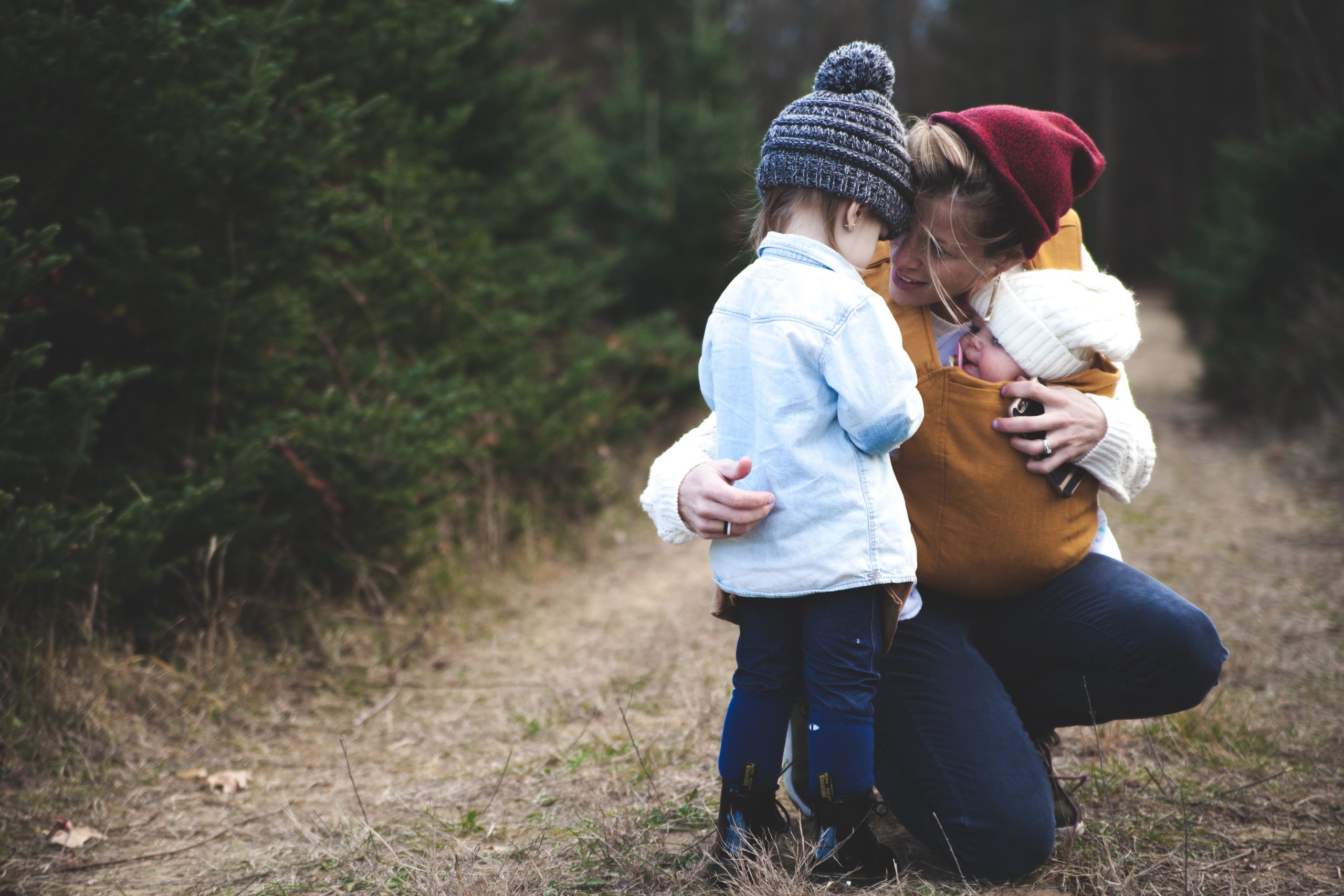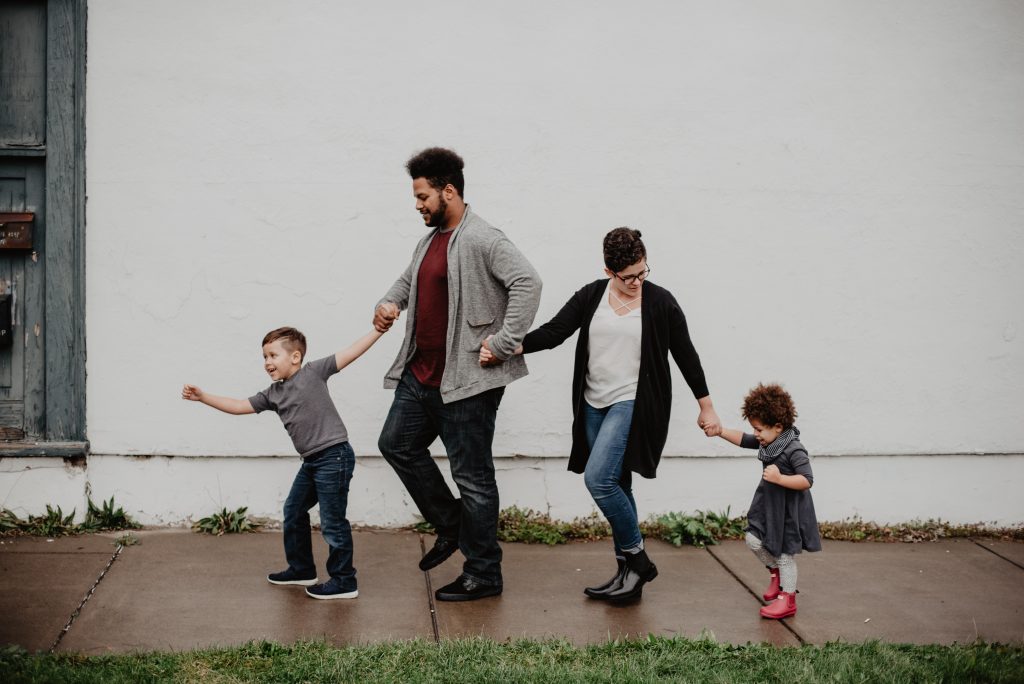
Different Parenting Approaches and How Successful They Are
By: Dr Kaya Beinke and in collaboration with Therapy House team in Brisbane.

In the last 50 years there has been a lot of research exploring the impact of different parenting approaches and styles on child behaviour and social-emotional development, both in the long and short term.
As a parent trying to support your child’s development, it can be a confusing and overwhelming task to try to wade through this research and try to identify a parenting approach that is suited to your family.
This article aims to synthesise some of the key points of the research around parenting approaches and give you some key points for consideration on your path to identifying and implementing a style that works for you and your family.
Four Parenting Styles Studied
Early research into parenting approaches explored two key aspects of people’s parenting styles: responsiveness (i.e., parent’s warmth and sensitivity to the child needs) and demandingness (i.e., the level to which parents try to influence or control their children’s behaviour). From this, four parenting styles were defined:
- The permissive parent – responsive and warm but does not set/enforce enough boundaries.
- The authoritative parent – responsive and warm and sets/enforces useful boundaries.
- The neglectful parent – low in warmth and responsiveness and does not set/enforce boundaries.
- The authoritarian parent – low in warmth and responsiveness and high in demandingness.
Essentially the research shows that children of authoritative parents (responsive and warm and sets/enforces useful boundaries) tend to have less behavioural challenges and experience higher social-emotional wellbeing than children of parents who use other parenting styles; highlighting the importance of displaying warmth and implementing boundaries with children.
Know Yourself: Being Responsive Versus Reactive
As simple as the key outcomes of the research above sounds, it can be tricky to implement in day-to-day life and with ongoing challenges of every situation. It is also difficult because there is not a guideline for a set of boundaries to implement. Parent’s will need to develop their own guidelines, based on their personal values, their parental agreements and disagreements, and also adjust that to their child’s personality and needs.
Parents also need to overcome some barriers. For example, warmth may be equated to making sure children are never upset and emotionally dysregulated. Thus some parents may struggle putting boundaries in place because children can become upset. This is however, quite a normal part of a child’s development. Children will need to practice resilience and that is to become upset, to face challenges and limits and boundaries, and to learn how to cope when things don’t go their way.
Conversely, some parents have grown up in more authoritarian households where emotional needs weren’t valued or met and/or have strong values around children being able to ‘behave’ and listen. These parents may be very good at setting limits but may struggle with expressing warmth and affection or practising flexibility when needed.
Other families may be faced with even more difficulties where being responsive and setting limits are both difficult.
Thus, as a parent, it is important to be able to understand yourself and your own emotional needs and triggers and develop your own emotional regulation skills and to look for additional support for yourself and your family when needed. Not only will this help you to be more responsive (as opposed to reactive) to your children, it will also help to demonstrate positive emotion regulation skills which in turn will support the development of self-regulation in your children.

Know Your Child: Knowing your child’s developmental profile
Another important aspect to consider when trying to develop a parenting style that supports your child’s social emotional and behavioural development is knowing your child!
Not only that the child’s age and developmental needs will impact the way you set boundaries with them, the child’s personality also comes into play. Young babies, toddlers and preschoolers usually need much more support on their journey. From only being able to regulate with their primary caregiver (known as co-regulation) to being able to self-regulate emotions and regulate their behaviour.
Even as older children and for ourselves as adults we may not always be able to self-regulate in a demanding situation and when our mental resources are lower (for example after a very stressful day at work). It is normal and healthy to look for the support of loved ones to regulate ourselves. It is important to keep this in mind because even children with well-developed emotion regulation skills will still need support with big emotions.
For families with children with developmental differences or delays, you may need to adjust your expectations for your children’s behaviour and ability to self-regulate. If your child exhibits significantly more challenges with managing emotions and regulating their behaviour, compared to their peers, it might be important to explore the reasons for this.
If you are feeling unsure about whether or not your child is meeting their behavioural and emotional milestones the Raising Children Network https://raisingchildren.net.au/ has some great resources to assist with this.
Key Parenting Tips:
Being upset is good for kids! Remember that resilience is the key to life success and mental health. And children practice resilience by facing challenges. A good parent will help children in challenging situations, but will not try to omit all challenges for the child.
Monitor your own emotions – Nothing is as helpful as a calm parent, when the child faces big emotions. And being calm is not what you show on your face, but is what you experience inside. When your child is having big emotions, the first task for you is to monitor your own emotions. What is happening inside of you? The child often senses how tense, impatient, and dysregulated you are and this will add to their emotional torment. Children often are scared of their own emotions and if they feel that adults cannot calmly sit with the big emotions of the child, they become even more scared, resulting in an even bigger tantrum!
Be kind to yourself, try to be the good enough parent not the perfect parent– no one is perfect. Some days you are going to be the parent you want to be, and other days, despite all the deep breathing and re-centering in the world something may trigger a growl from you. These are perfect opportunities to model reflection, apology and repair after conflict which are all particularly important skills to teach.

Differentiating the person and their behaviour – when providing feedback to our kids (and reflecting on our own behaviours and qualities) it is important to separate out wording around a person’s core qualities and their behaviours. Instead of referring to someone using global and non-behaviourally specific terms such as ‘bad’ or ‘silly’, it is best to describe behaviours that you see. For example, instead of saying: “Jess stop being such a bad big sister”, you may consider saying something like “Jess when you kicked the chair, your brother got upset, please let mum know if you’re frustrated”. This second sentence provides much more constructive clarity to a child about behaviour you’d like to change than a statement like the first which is more general. Kids will often internalise character traits so it is important to avoid global negative statements to support the development of a healthy self-concept.
Setting reasonable limits – it is important to teach children from a young age about acceptable ways to express emotions. To work from co-regulation to self-regulation children need to know that all emotions are okay, but we can make positive and negative choices about how we express them. A template for explaining this to a child may be “it is okay to feel … (sad/angry/worried etc)… but hurting other people, ourselves or things are not okay… let’s try…… (e.g., having a break and getting a drink of water)… instead”.
Emotional narratives – kids learn how to use words to express their emotions by having this modelled around them. Emotional narratives help kids to put their experiences into context and help to support them to understand triggers for emotions and how to describe their bodily experience of emotions.
An example for a 3-year-old may sound like “Oh, the cat knocked the chair over and it made a bang. This gave you a fright and you’re crying. Let’s have a cuddle and find a puzzle to do”.
For an 8 year-old an example may be “So you’re friend laughed at you at lunch time after you fell over and then you hit them. I wonder if you were feeling embarrassed and angry?”
Consistency is key – kids are amazing at finding loop holes, if you say there is going to be a consequence for something but it never converts from words to an action kids will quickly learn this and continue to push boundaries. This can be particularly difficult when you have multiple children and/or those who respond differently to different things. It is best to only make statements that you intend and are able to follow through with.
If you live in Brisbane or like telehealth appointments talk to the Therapy House team about parenting. We also run a parenting workshop.

